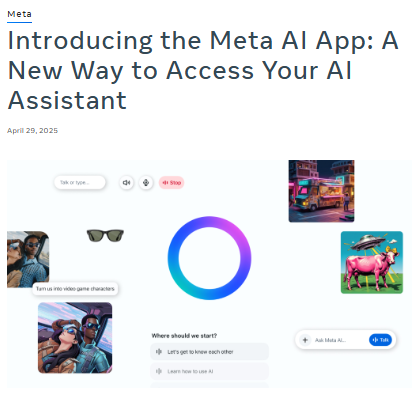#Fact Check: Viral Video Falsely Claims Israel Launched Nuclear Attack on Iran
Executive Summary:
A viral video circulating on social media inaccurately suggests that it shows Israel moving nuclear weapons in preparation for an assault on Iran, but a detailed research has established that it instead shows a SpaceX Starship rocket (Starship 36) being towed for a pre-planned test in Texas, USA, and the footage does not provide any evidence to back-up the claim of an Israeli action or a nuclear missile.

Claim:
Multiple posts on social media sharing a video clip of what appeared to be a large, missile-like object being towed to an unknown location by a very large vehicle and stated it is Israel preparing for a nuclear attack on Iran.
The caption of the video said: "Israel is going to launch a nuclear attack on Iran! #Israel”. The viral post received lots of engagement, helpingClaim: to spread misinformation and unfounded fear about the rising conflicts in the Middle East.

Fact check:
By doing reverse image search using the key frames of the viral footage, this landed us at a Facebook post dated June 16, 2025.

A YouTube livestream from NASASpaceflight is dated 15th June 2025. Both sources make it clear that the object was clearly identified as SpaceX Starship 36. This rocket was being towed at SpaceX's Texas facility in advance of a static fire test and as part of the overall preparation for the 10th test flight. In the video, there is clearly no military ordinance or personnel, or Israel’s nuclear attack on Iran markings.
More support for our conclusions came from several articles from SPACE.com, which briefly reported on the Starship's explosion shortly thereafter during various testing iterations.



Also, there was no mention of any Israeli nuclear mobilization by any reputable media or defence agencies. The resemblance between a large rocket and a missile likely added some confusion. Below is a video describing the difference, but the context and upload location have no relation to the State of Israel or Iran.

Conclusion:
The viral video alleging that the actual video showed Israel getting ready to launch a nuclear attack on Iran is false and misleading. In fact, the video was from Texas, showing the civilian transport of SpaceX’s Starship 36. This highlighted how easily unrelated videos can be used to create panic and spread misinformation. If you plan on sharing claims like this, verify them instead using trusted websites and tools.
- Claim: Misleading video on Israel is ready to go nuclear on Iran
- Claimed On: Social Media
- Fact Check: False and Misleading




















